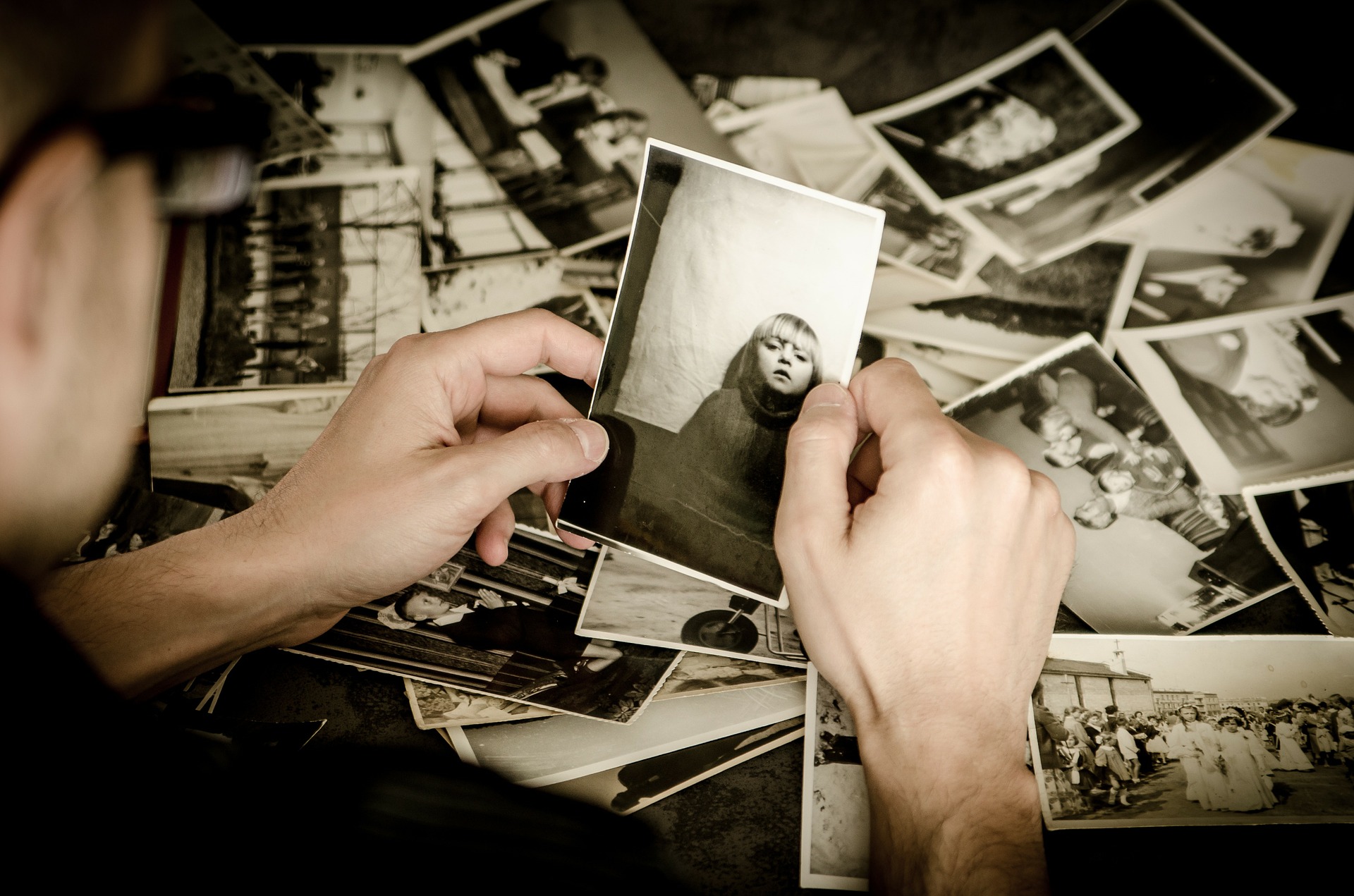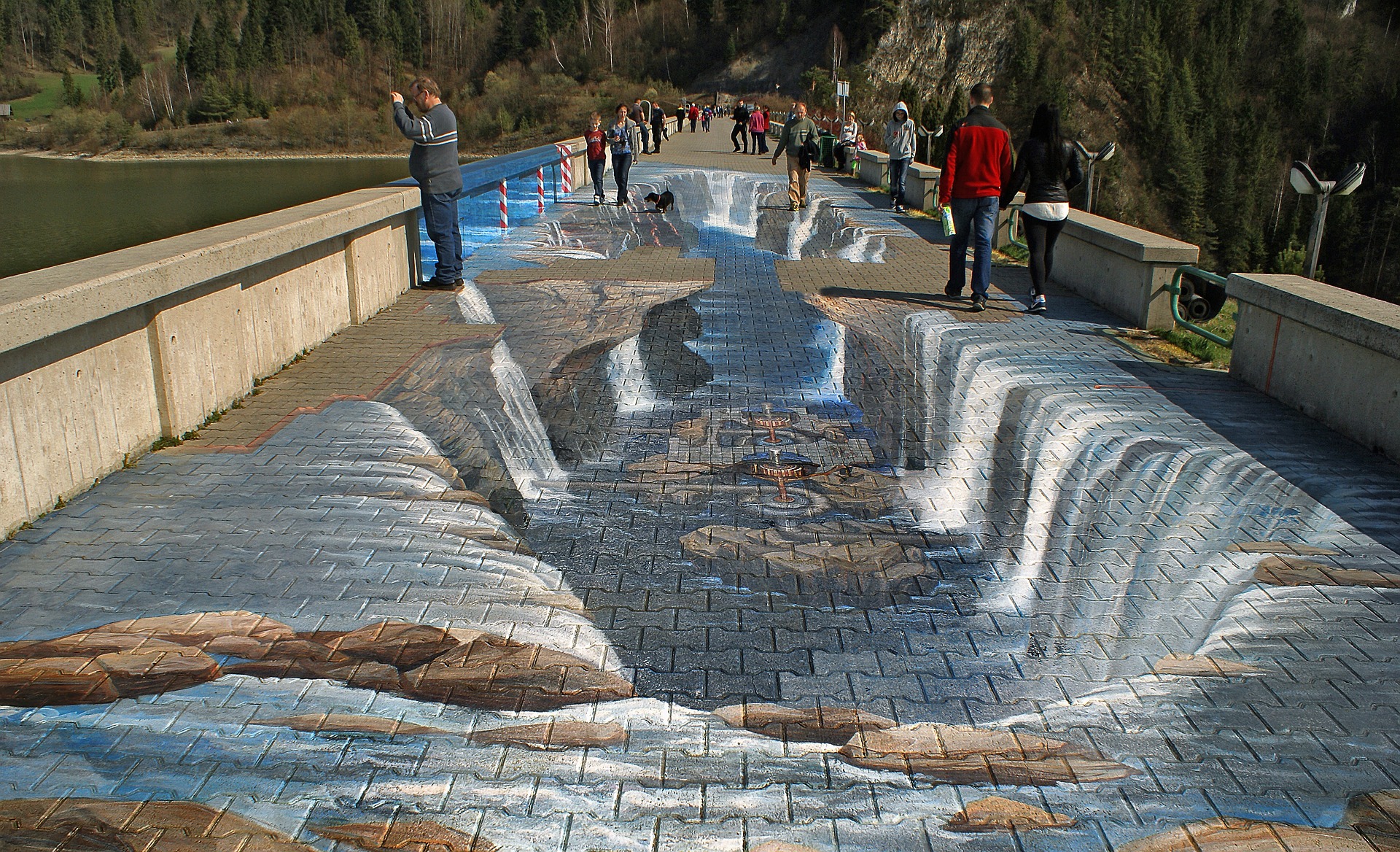Non-Fiction Texts
Chapter 5: Seeing is Believing
MINDS ON
 Vocabulary 105
Vocabulary 105

In most bildungsroman stories, there are moments of romance. This should not be surprising; after all, learning about love and relationships is a normal part of most people's coming of age stories. And while the epic movie Casablanca reminds us that sometimes 'a kiss is just a kiss,' depending on the context, (definition:The circumstances that form the setting for an event, statement, or idea, and the terms by which it can be fully understood and assessed.) a kiss can be iconic. (definition:Widely recognized and well-established.) And when a kiss is juxtaposed (definition:Placed or dealt with close together for contrasting effect.)against the backdrop of Vancouver rioting after a post-Stanley Cup loss, it can carry much more meaning than was originally intended.
If you want to view any links in this pdf, right click and select "Open Link in New Tab" to avoid leaving this page. (View the original article.)
It's amazing how the most mundane (definition:Lacking interest or excitement; dull.) of moments can take on a completely different meaning depending on what's going on and how it's captured. After all, while the shot of a couple kissing surrounded by chaos is certainly attention-grabbing, the image is even more poignant (definition:Keen or strong in mental appeal.) given that there's an anonymous police officer clad in black riot gear in the foreground while indistinct crowds are being pushed back by police in the background. Oh, and in case you'd like closure on this anecdote, the couple stayed together!
Photographer Richard Lam's photo managed to tell an unexpected story, in part, because he was willing to look for it. Using a similar concept, the website, Humans of New York, uses a combination of photography and anecdotes to provide personalized perspectives of people's paths and passions. Take a moment to read a small sampling of stories in preparation for the discussion below.
 The Captured Moment
The Captured Moment
There's no need to put yourself in the middle of a riot to recognize that there are stories happening all around you. Sometimes the stories are so big, it's impossible not to know them, while sometimes the stories are subtle and need to be recognized to be found. In the case of the 2011 Vancouver riots, there were lots of people capturing the story of the city being torn apart. However, by being in the right place, at the right time, and being willing to look beyond the obvious, narrative photographer Richard Lam was able to capture a sub-story that attracted the world's interest.
Similar to the Humans of New York website, snap: take a picture of your choice (please ensure that you are respecting people's privacy and obeying local laws). You just won't share the photo out as they have done.
Digital Citizenship

In today's 21st Century society, being an active, aware digital citizen (definition:A person who develops the skills and knowledge to effectively use the Internet and other digital technology, especially in order to participate responsibly in social and civic activities.) is important for your own safety. It also ensures that you are not intruding on someone else's privacy or rights.
Since you'll create a photo essay in this activity, it's important to understand your rights and responsibilities. If you are photographing in a public place you're typically permitted to photograph people and places, though you should look for signs indicating that you are not permitted to take photographs (such as in museums). If you are photographing a specific person, to protect yourself, you should obtain consent from your subject to be allowed to both take and use the photo you've taken. If you are unfamiliar with photographic consent or digital citizenship, review some of the resources below.
 Resources
Resources
- Legal Rights in a Photograph is a legal website that provides both video and written information on Canada's photography laws.
- Digital Citizenship - Online Privacy is a short video that explains how to protect yourself online.
- Photo Consent Tip Sheet provides five strategies for addressing proper photo usage.
- 5-Minute Film Festival: Teaching Digital Citizenship is a blog that provides several videos and links that allow you to teach yourself about digital citizenship.
- How to Cite a Digital Image in MLA 8 is a website that teaches you how to cite properly to avoid plagiarism.
ACTION

Now that you are familiar with the word etymology, you might be interested to learn that the Greek origin of the word photography translates to 'drawing with light.' As most photographers will tell you, there is an art to capturing an image. Beyond the obvious need to be there in the moment (a good photographer will always look around to see what is occurring), getting the perfect picture involves more than just randomly clicking the camera...it involves planning, perspective, and purpose.
During any journey, it's not unusual for people to become myopic; (definition:Lacking imagination, foresight, or intellectual insight.)think of any time you've been on a long car, bus, or train ride. Often, you can barely recall what you saw when looking out the window. Sometimes, however, all we need is a change in perspective to help us see the world differently. With that idea in mind, watch this video version of Istvan Banyai's wordless picture book, Zoom.
 Response
Response
After viewing, how did you respond to the concept? Were you surprised? Amused? Engaged? Distracted? Bored? Satisfied? In your Notebook, write a brief account of how you responded to the video and why you felt the way you did.
Similar to Zoom, a photo essayist wants an audience to perceive something differently. Photo essayists may want viewers to see something magical in the mundane, or they may hope to incite people to make a difference. Regardless of their intentions, a photo essay adheres to a particular formula. As noted photojournalist Christina N. Dickson states, "a photo essay is very simply a collection of images that are placed in a specific order to tell the progression of events, emotions, and concepts." Similar to a written essay, a photo essay makes an argument and then explains, explores, and expands that argument using evidence. The biggest difference, not surprisingly, is that a photo essay uses images first to establish meaning.
Of course, perspective isn't just about an idea, it can also be quite literal when crafting a photo essay. How a picture is used (especially if it's being cropped or cut) can completely change the audience's understanding. To see this more clearly, read this article, "This Is How The Taj Mahal Actually Looks Today" from The India Times. (Original article)
If you want to view any links in this pdf, right click and select "Open Link in New Tab" to avoid leaving this page. (View the original article.)
The Photo Essay Structure
A photo essay follows the same structure and format as a traditional essay. The photo essay begins with asserting a claim, proceeds to argue and prove that claim, and concludes with an affirmation supporting that claim. What follows is a written organizer for developing a photo essay.
Introductory Paragraph
- Catches the reader's attention
- Includes the lead, title of work studied, author's name, and area of focus
- States the thesis
- Includes the points of proof used to substantiate claim
- Moves from the general to the specific
- Contains transitional links
Body of Photo Essay
- A series of photographs/visuals that develop and support the thesis
- Each photo/visual introduces a “stage” in the development of the character
- Analysis supports and details the development of the character
- Analysis is developed through details, examples, reasons, definitions, anecdotes, similarities, differences and other kinds of detail
- Presents the strongest, most compelling photo/visual at the end
- Contains transitional links
Conclusion
- Ties the important points in the photo essay together, often using key words from the thesis
- Draws a final conclusion
- Offers an insight – leaves the reader with something to think about
 Photo Essay Structure
Photo Essay Structure
You should copy the photo essay structure into your Notebook for use later in the course.
To learn more about how a photo essay is planned and implemented, read this article, What Makes a Photo Essay Unforgettable? from Format Magazine. (Original article)
If you want to view any links in this pdf, right click and select "Open Link in New Tab" to avoid leaving this page. (View the original article.)
 Resources
Resources
Do you want to learn even more about how to create a photo essay? Then check out these diverse resources.
- Ways of Seeing: The Contemporary Photo Essay is an article that provides a considered reflection on the availability and importance of photo essays.
- Photo Essay's Photo Essay Planning Guide is an excellent graphic organizer for helping to develop photo essays.
- How to create a unique photo essay, telling stories with your photographs for beginners is an easy-to-follow video that explains how to begin and develop a photo essay.
- Compiling an engaging photo essay is an excellent article that breaks the photo essay down into its key component parts and offers plenty of strategies, as well.
Now that you've had a chance to learn how to create a photo essay, it's time to view some. Fortunately, there are thousands of photo essays available online. Unfortunately, not all photo essays are created equal, so you will need to use the insights you gained above to determine whether a particular photo essay is worthwhile.
 Found Photo Essay
Found Photo Essay
For this assignment you will find a photo essay and answer the following questions. Please note you need to answer some of the questions below before you find a photo essay. You can use the following resources to find photo essays, or you can find one using other avenues such as search engines or search for photo essays on websites such as CBC, BuzzFeed, Time Magazine and National Geographic.
After answering the questions, make sure you include a link to the essay, itself.
Before Viewing
- What criteria are you using to determine whether a photo essay is worth viewing?
- What does the title tell you about the photo essay?
- What do you know about the photo essay's subject matter? How might that influence the way you view the photo essay?
During Viewing
- What features (for example, black and white, quotations, additional textual explanations, the medium) does the photo essay use? Is each used effectively? Why do you believe this to be the case?
- What is the photo essay telling you directly? What is it suggesting to you indirectly?
- Do the photos relate to the photo essay's subject/topic? Are there any you would change? If so, why? If not, why not?
- How is the photo essay organized? Is it effective? Why or why not?
After Viewing
- What was the photo essay's main message? Did it share that message effectively? Why or why not?
- Based on the criteria noted in the "What Makes a Photo Essay Unforgettable?" article, would you say that the photo essay you viewed was unforgettable? Why or why not?
- Has the photo essay changed your outlook on its subject? If so, how so? If not, why not?
- In what ways might a photo essay online differ from one in a magazine?
 Resources
Resources
- The 10 Best Photo Essays of the Month provides an archive of the top ten photo essays that Time Magazine celebrated on a monthly basis.
- 10 Powerful Documentary Photo Essays from the Masters provides links to ten powerful, black and white styled photo essays on a variety of global issues from the past.
- What Playgrounds Look Like Around the World is a photo essay that explores how the common concept of a child's playground is both similar and different across the globe.
- The Best Photo Essays Of 2017 provides a list of diverse topics ranging from GMOs to the desks of creative people.
CONSOLIDATION
 Step 1: Your Proposed Photo Essay
Step 1: Your Proposed Photo Essay
Now that you've had a chance to learn what makes a photo essay exemplary, it's time to create your own.
While your photo essay can be on almost any topic, it must include the bildungsroman concept. For this assignment, you'll create a proposal. Your proposal should include the following:
- the subject matter/focus;
- a proposed title;
- a brief explanation of how it will include the bildungsroman concept;
- an identification of your intended audience;
- a brief plan for how you intend to find/take the photos; and
- the decision whether you will use text or not, along with a specific rationale as to why that decision makes your photo essay more effective.
 Step 2: Your Draft Photo Essay
Step 2: Your Draft Photo Essay
Next, you will create a draft photo essay. The photo essay should meet the following requirements:
- it includes between ten to twenty photos (they can be taken, found, or a combination);
- it utilizes a purposeful, planned organization;
- it has an engaging title; and
- it includes the bildungsroman concept.
There are lots of options available in designing your photo essay. Some that you may want to consider are:
- slide shows: Google Slides, Microsoft PowerPoint, Apple Keynote;
- animations: Imovie, Adobe Spark, Powtoons, Scratch; or
- presentation tools: Prezi, Microsoft Sway, Emaze.
 Step 3: Your Polished Photo Essay
Step 3: Your Polished Photo Essay
After you've made improvements and enhancements, create the following:
- Your polished photo essay.
- Your MLA formatted Works Cited page for any found photos or other information that isn't common knowledge.
- A short summary of your proofreading, edits and/or revisions that you made and why you feel they made your photo essay better; this should explicitly indicate your use of conventions and techniques such as organization, text, headings, cropping, composition, consistency of style, and how you supported the clear communication of your message. This can be either a written file or an oral recording.